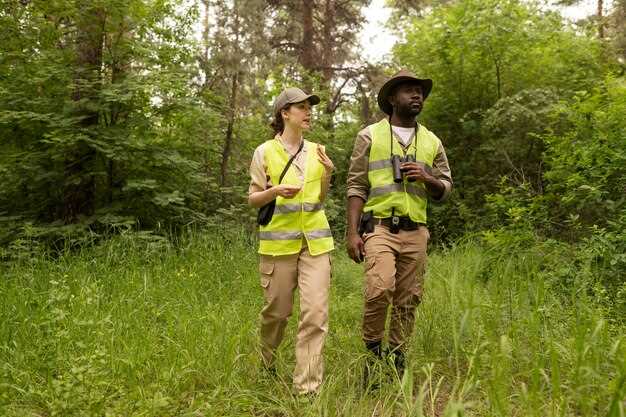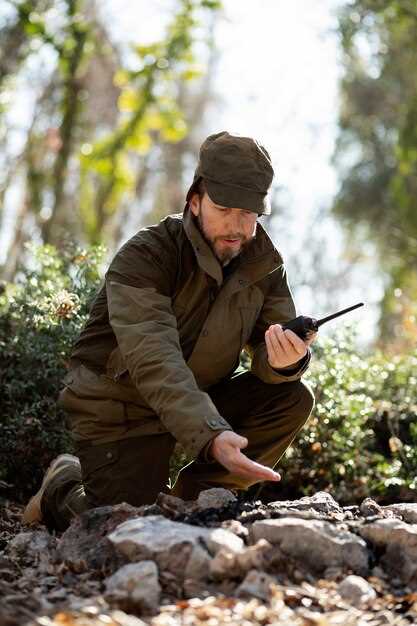Using CB radios and GPS for trail safety


In the world of outdoor adventures, effective communication and reliable navigation are critical for ensuring safety on the trails. Whether hiking, biking, or off-roading, having the right tools at your disposal can make all the difference in your experience. Two indispensable devices in this context are CB radios and GPS systems. They each serve unique purposes while complementing one another to enhance overall safety.
CB radios, or Citizens Band radios, offer a robust means of communication among group members or with other trail users. Their ability to facilitate real-time conversations ensures that you can stay connected, share important information, and coordinate with others even when out of cellular range. This instant communication can prevent mishaps, provide reassurance during emergencies, and foster a sense of camaraderie among fellow adventurers.
On the other hand, GPS devices are essential for precise navigation. They allow users to track their routes, monitor their location, and access maps without relying on cellular data. By utilizing GPS technology, adventurers can navigate unfamiliar terrains with confidence, avoiding potential hazards and ensuring they stay on the correct path. When combined with CB radios, GPS systems not only enhance safety but also create a more enjoyable and worry-free outdoor experience.
Choosing the Right CB Radio for Off-Road Communication
Selecting the appropriate CB radio for off-road communication is essential for ensuring effective navigation and safety while traversing rugged terrains. Here are key factors to consider:
- Channels and Frequency: Look for a CB radio that offers 40 channels. This range increases the likelihood of finding a clear channel for communication with fellow off-roaders.
- Range: Determine the typical distance you will be traveling. Standard CB radios have a range of up to 5-20 miles, depending on terrain and obstructions. For expansive areas, prioritize high-power models that maximize reach.
- Weather Resistance: Off-road environments can expose equipment to dust, water, and harsh conditions. Choose a CB radio with an appropriate IP rating for durability.
- Size and Portability: A compact and lightweight radio is easier to handle and can fit into tight spaces in your vehicle. Consider handheld options if you anticipate dismounting frequently.
- Ease of Use: Look for user-friendly interfaces with clear displays and controls. A well-designed radio reduces distraction while driving, enhancing focus on navigation.
- Audio Quality: Quality speakers and microphones can improve communication clarity, especially in noisy off-road environments. Look for noise-cancellation features if applicable.
- Power Supply: Ensure the CB radio can connect to your vehicle’s power source or has a reliable battery option for portable use.
In addition to these features, consider purchasing a radio with advanced functions such as:
- Emergency Broadcast: Some radios offer emergency channels, increasing your chances of receiving critical updates in remote areas.
- Scanning Capabilities: This allows the radio to scan through available channels to find active communications efficiently.
- Built-in Noise Filters: Helps enhance communication quality by minimizing static and interference from external sources.
Ultimately, the right choice of CB radio will significantly enhance your off-road navigation capabilities, enabling safe and effective communication with your convoy and improving your overall adventure experience.
Integrating GPS Technology for Accurate Trail Mapping

GPS technology has revolutionized trail navigation by providing precise location data, which is crucial for safe outdoor activities. Integrating GPS into trail mapping enhances the user experience by enabling accurate tracking of routes and real-time navigation. This technology allows hikers and outdoor enthusiasts to visualize their position on detailed maps, which can significantly reduce the risk of getting lost in unfamiliar terrain.
One of the key advantages of GPS is its capability to offer live updates and communication features. Users can share their locations with fellow travelers, facilitating better coordination during group outings. This communication aspect is particularly beneficial during emergencies, where swift action can be taken if someone goes off course or encounters difficulties. GPS devices can also store and access pre-mapped trails, allowing users to plan their routes effectively before embarking on their journeys.
When integrating GPS technology, the accuracy of the maps is paramount. Updating digital maps regularly ensures that they reflect the most current trail conditions, including obstacles or changes in terrain. Many GPS-enabled devices also allow users to create custom maps, tailoring the trails to their specific needs. This flexibility aids in planning safe adventures, as users can mark points of interest, resting spots, or potential hazards for future reference.
Moreover, combining GPS with other communication tools, such as CB radios, creates a robust navigation system. While GPS provides location data, CB radios facilitate real-time communication between trail users, enhancing safety on the trail. This integrated approach ensures that adventurers can receive updates and coordinate their paths efficiently, leading to a safer and more enjoyable experience in the great outdoors.
Best Practices for Using CB Radios and GPS Together

Combining CB radios and GPS devices enhances communication and navigation during outdoor adventures. Below are some best practices for effectively utilizing both technologies in tandem.
First, ensure your CB radio is properly tuned and functioning before heading out. Clear communication is crucial, especially in remote areas where cell service may be unreliable. Periodically check your equipment for any necessary updates or repairs.
Next, familiarize yourself with the features of your GPS device. Knowing how to input coordinates or locations rapidly can save valuable time in emergency situations. Regularly update your GPS software to maintain accuracy in mapping and routing.
When planning your route, share your GPS waypoints with your group via CB radio. This promotes coordinated navigation and helps everyone stay on track. Utilize channels designated for group communication to minimize interference and enhance clarity.
In case of an emergency, use your CB radio to relay your GPS location to search and rescue teams. Clearly state your exact coordinates and maintain open lines of communication. This will significantly expedite assistance and ensure safety.
During the journey, keep your GPS device visible and easy to read while using the CB radio. Use hands-free options if available, allowing for navigation without compromising safety. Alternatively, designate a passenger to manage GPS input, allowing the driver to focus on the road.
Finally, establish regular check-in intervals with your group via CB radio. Use these opportunities to confirm locations and adjust plans as necessary. This helps maintain group cohesion and ensures everyone is aware of potential obstacles or changes in the route.
